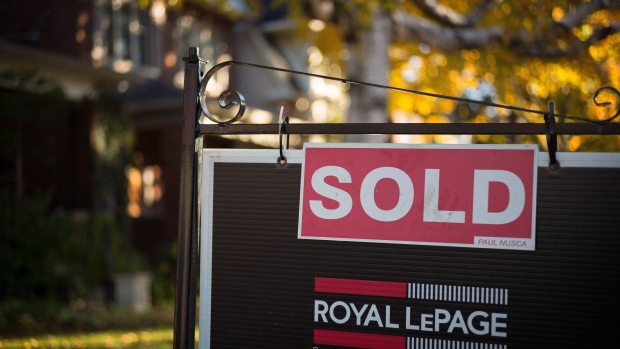The rapid decline in Toronto housing prices in the second half of 2017 led to nearly 1,000 households losing about $135 million in market value, as some buyers walked away from deals and sellers sold homes at prices lower than what they originally bought for, says a new report released Thursday.
According to real estate brokerage Realosophy Realty, at least 988 households were directly affected by a sudden drop in Greater Toronto Area home prices last year.
The figure includes 866 properties that failed to close after initially being sold, according to the report. The homes were eventually sold to another buyer later in the year, but on average, the houses were sold for $140,200 less than the first price.
“Buyers had to walk away from the homes they purchased at the peak of the market when they couldn’t sell their current home or when banks appraised the home they purchased for far less than what they paid for it,” said John Pasalis, president of Realosophy, in the report.
In addition, the report found that there were 122 sellers who bought a home in 2017, took possession and subsequently sold the same home for a loss later in the year. The average loss on the sale price totaled $107,325.
Toronto home prices started to decline in March last year after the Ontario government said it was considering introducing a tax on properties purchased by foreign buyers, along with other measures to cool the red-hot Toronto market, following similar moves in B.C. By the time the government announced the Fair Housing Plan in April, sales were already on their way down.
According to Realosophy, another 1,784 properties that were sold in 2017, and then subsequently listed for sale either in the same year or during the first quarter of 2018, failed to find a buyer.
“While not as grave as the 2008 U.S. collapse, Toronto’s rapid 30 per cent plus appreciation in the first quarter of 2017 followed by a rapid 18 per cent decline in prices is a reminder of how reckless Toronto’s real estate market had become — a recklessness that imposed real costs on consumers,” Pasalis said in the report.
INVESTORS PULL BACK
The 988 affected properties experienced a 12 per cent average decline from their original sale prices, but the fall was more substantial in areas north of Toronto, such as Richmond Hill and Newmarket, where prices fell 18 per cent and 21 per cent respectively.
The report said these were also the same areas that saw the biggest declines in investor activity.
“Foreign buyers may be stronger participants in luxury markets and may pay more for properties than local buyers do — which may help explain why homes in many York Region municipalities, where demand from foreign buyers was the highest, appear more overvalued than in the rest of the GTA,” said Pasalis.
Investors accounted for more than 20 per cent of sales in the four municipalities of Newmarket, Richmond Hill, Markham and Aurora in 2017, according to the study. Newmarket topped the list at 34 per cent.
Realosophy’s report is based on data from listings from the MLS website.











